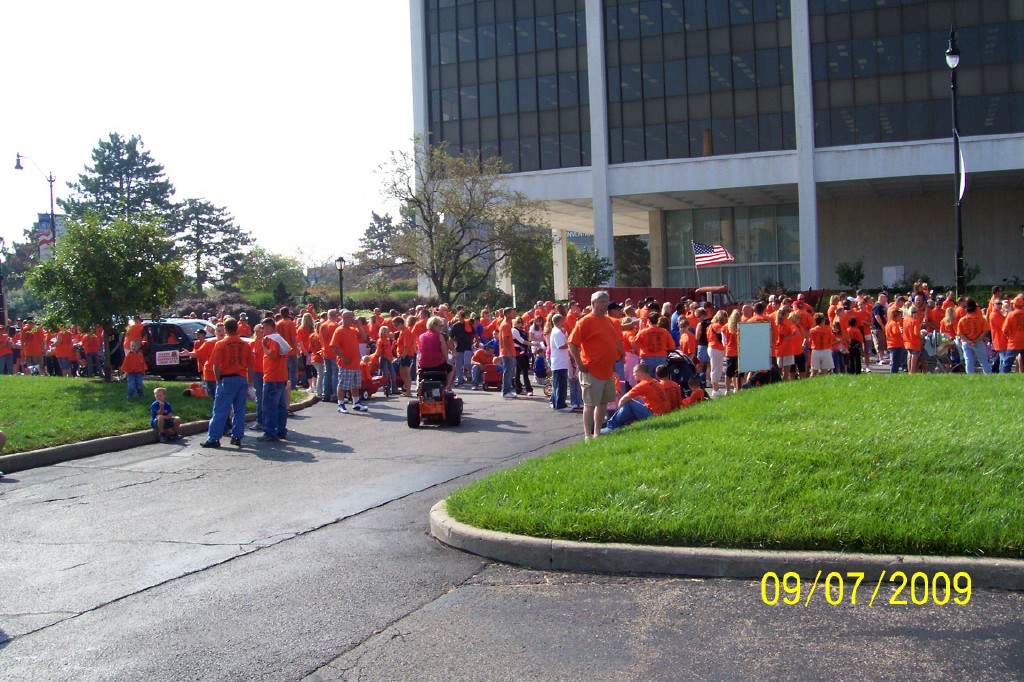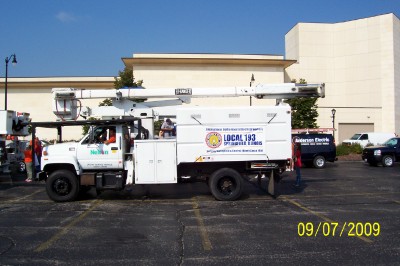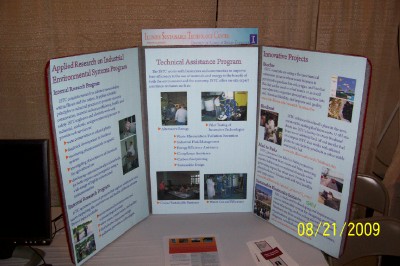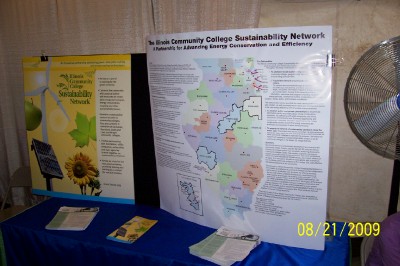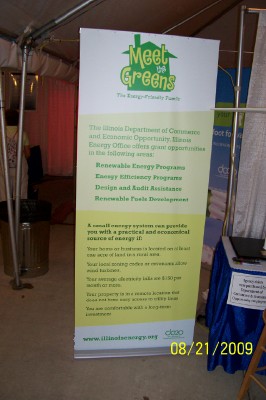From an environmental perspective CIGS is a little worrisome and it ain’t exactly “solar paint” like they have been promising, but it could open the market for a whole new range of products.
http://www.dailytech.com/Dow+Puts+Traditional+Panels+to+Shame+With+New+Solar+Shingle/article16424.htm
Dow Puts Traditional Panels to Shame With New Solar Shingle
Jason Mick (Blog) – October 6, 2009 12:12 AM

Dow’s solar shingles are poised to put the solar panel market out of business. The unobtrusive designs produce power more cheaply than traditional panels, are produced domestically, and require no specialized skills to install, other than standard roofing experience. (Source: Beanieville Blog)

The new cells uses CIGS thin films, encased in plastic. The resulting design has lower efficiencies that traditional panels, but is cheaper to produce, lowering the cost per watt by 10 to 15 percent over traditional panels. (Source: University of Strathclyde)Product should shake up the power industry open up new era for solar
Inventors and designers have long envisioned a roof or window that produced solar power affordably. However, until now no company had mass produced such a device. Instead, the consumer market was dominated by rooftop panels which require a fair amount of maintenance, are relatively fragile, and are rather expensive.
That’s all about to change, however. Dow Chemical Co., one of America’s most successful chemical firms, is launching the first mass-produced consumer solar shingle next year and will be planning a wide-scale rollout by 2011. The firm foresees a booming $5B USD market for the shingles.
The new shingles use a thin film of copper indium gallium diselenide (CIGS) to capture solar energy. As a result, the cells which are encased in molded plastic are relatively flexible, unlike their photovoltaic cousins. And while these elements (such as indium) are quite expensive in bulk, they’re used extremely sparingly, keeping costs low.
The shingles one weakness is that they manage just over 10 percent efficiencies, less than traditional panels. Despite this smaller generation capacity, they produce power at a 10 to 15 percent lower cost on a per watt basis due to production and installation cost savings.
:}
Or in this Reuter’s piece
Dow sees huge market in solar shingles
By Matt Daily
(see above poster’s note)
Dow Solar Solutions said it expects “an enthusiastic response” from roofing contractors for the new shingles, since they require no specialized skills or knowledge of solar systems to install.
The new product is the latest advance in “Building Integrated Photovoltaic” (BIPV) systems, in which power-generating systems are built directly into the traditional materials used to construct buildings.
BIPV systems are currently limited mostly to roofing tiles, which operate at lower efficiencies than solar panels and have so far been too expensive to gain wide acceptance.
Dow’s shingle will be about 30 to 40 percent cheaper than current BIPV systems.
The Dow shingles can be installed in about 10 hours, compared with 22 to 30 hours for traditional solar panels, reducing the installation costs that make up more than 50 percent of total system prices.
The product will be rolled out in North America through partnerships with home builders such as Lennar Corp and Pulte Homes Inc before marketing is expanded, Palmieri said.
Dow received $20 million in funding from the U.S. Department of Energy to help develop its BIPV products.
The company also produces fluids used in concentrated solar systems, in which sunlight is used to generate heat that produces steam to power a turbine.
In addition, it supplies materials used to help manufacture photovoltaic panels and increase their efficiency.
Dow shares were up 4.4 percent at $24.67 on the New York Stock Exchange in afternoon trading.
:}
But this guy doesn’t like the NEW Windows 7, iPhones, nor HYBRID cars…let alone SOLAR shingles. Because people won’t understand them or they have functions customers don’t want. Want to bet he is heavily invested in oil and coal stocks?
http://247wallst.com/2009/10/06/the-solar-shingle-and-the-false-promise-of-new-technology/
Technology is now clearly so good in many industries that it has surpassed the needs of many customers. Smart phones do scores of functions that most owners do not want. Many of these consumers opt for a simpler and less expensive phone. An Apple (NASDAQ:AAPL) iPhone may carry a great deal of status with it, but for people who only want to make phone calls it is a luxury that they will not pay for.
Dow Chemical (NASDAQ:DOW) has a new piece of technology that it forecasts will have sales of $5 billion in 2015 and $10 billion in 2020. The $10 billion is only a little less than Dow’s quarterly sales today. The product that will drive all of this revenue is a rooftop shingle that converts sunlight into electricity. Reuters says that “The shingle will use thin-film cells of copper indium gallium diselenide, a photovoltaic material that typically is more efficient at turning sunlight into electricity than traditional polysilicon cells.” The shingle probably works well, but Dow should be more careful about what it has to say about future sales. Most shingles that are used today work well. Once they are hammered on a roof, they can last for decades without being replaced. They do not have to be linked to any other structure in the home. The cost of a single shingle is easy to calculate because it does not come with a set of instructions that says “batteries required” or “do not use this in temperatures above 75 degrees or below 30 degrees”
A solar shingle is a part of a complex and expensive system which involves rewiring the way that a home gets its electricity, stores it, and uses it over the course of a day. A shingle that converts sunlight into electrical energy requires engineering and storage that doubtlessly costs thousands of dollars and has to be installed by a specialist. The homeowner has to decide how long it will take him to get that investment back compared to the cost of simply getting electricity from the local utility. There is also the issue of what happens if twenty days per month are overcast. The solar shingle is not a shingle; it is a part of a complex and expensive system that most homeowners can neither understand nor evaluate financially.
The solar shingle is a revolutionary idea and it could change the way people get energy to run their homes. But, Dow may find out that it sells almost none of the news shingles. They may break when it gets icy or blow off in a storm the way normal shingles which are not tied to a home’s electricity system do. Consumers, at least a great many of them, will think these solar shingles might pose some kind of fire or health hazard. They could be right.
Dow Chemical should avoid saying it will sell $10 billion of anything that the public has not seen, even if it is just chemicals
Douglas A. McIntyre
:}
![[Article Image]](http://s3.amazonaws.com/the_mark/wide_photos/1494/original.jpg?1273693702)





























 AHE Featured on the Cover of the Sept/Oct 2009 Edition of Home Energy Magazine!
AHE Featured on the Cover of the Sept/Oct 2009 Edition of Home Energy Magazine!





